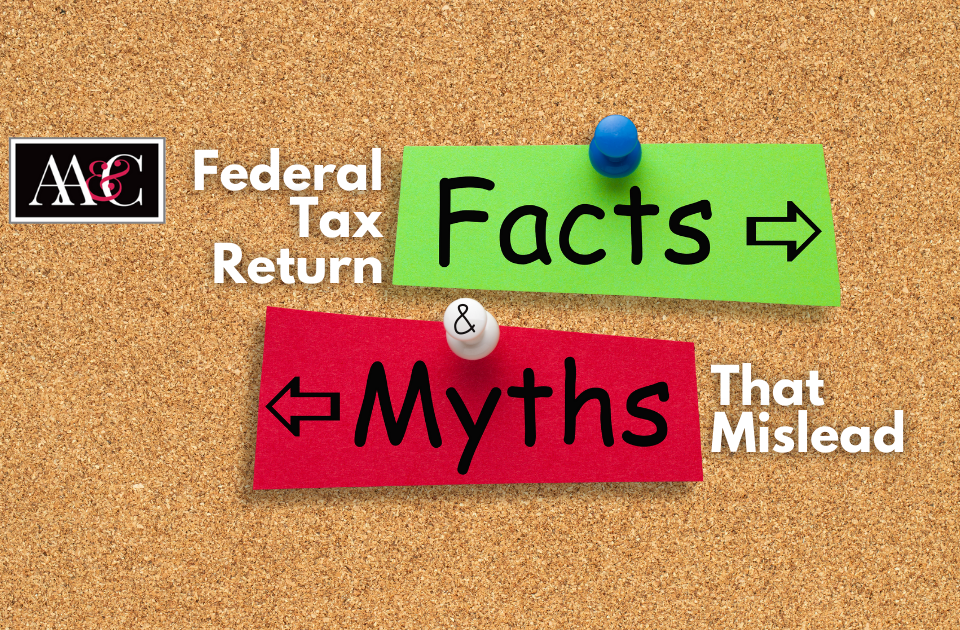- PHONE: 706.288.2000
- FAX : 706.288.2001
Federal Tax Credits

Georgia Tax Credits
August 24, 2022
Going Pink for Breast Cancer Awareness
October 17, 2022Understanding federal tax credits may seem confusing and difficult to navigate. Not only do the rules of tax credits change each year, but your personal situation can change your eligibility for tax credits. It’s also quite common for taxpayers to confuse a “tax credit” with a “tax deduction.” Let’s look at the differences, as well as some common federal tax credits.
What is the Difference Between a Tax Credit and a Tax Deduction?
Tax Credit: Lowers the amount of money you must pay the government. It is designed to encourage people to spend money in specific ways.
Tax Deduction: Lowers your taxable income, thus reducing the tax liability.
Main Difference: A tax credit decreases your tax bill rather than your taxable income.
Examples:
$100,000 salary with a $10,000 deduction = $90,000 taxable income
With 25% tax rate = $22,500 tax bill
$100,000 salary with a $10,000 credit = $100,000 taxable income
With 25% tax rate = $25,500 owed – $10,000 credit = $15,000 tax bill
What are Refundable and Non-Refundable Tax Credits?
Refundable Tax Credit: Given to taxpayers even if they do not owe any taxes. It can also be given in addition to a tax refund.
Nonrefundable Tax Credit: Taxpayer will get the tax credit up to the amount owed.
Examples:
$2,000 taxes owed + $3,000 nonrefundable credits = $0 tax bill
$2,000 taxes owed + $3,000 refundable credits = $1,000 tax refund
Common Tax Credits for 2022
Child Tax Credit: Up to $2,000 per child under age 17. The refundable portion of this credit is adjusted for inflation and rises to $1,500 from $1,400.
Child and Dependent Care Credit: Unless Congress acts, the most care expenses you may claim is $3,000 for one person or $6,000 for two or more people. This non-refundable credit is a percentage of work-related expenses paid to a care provider and depends on your AGI, ranging from 35% to 20%.
Credit for Other Dependents: $500 for each dependent that qualifies for the tax credit. The credit is available in full to a taxpayer who earns $200,000 or less and decreases on a sliding scale as that person’s income increases.
Adoption Credit: The maximum amount for this non-refundable credit is $14,890. The credit begins to phase out for taxpayers with modified AGI above $223,410, and it’s completely phased out once a filer’s income reaches $263,410.
American Opportunity Credit: Students may receive up to $2,500 of credit, which is refundable up to 40%. The credit is awarded for 100% of the first $2,000 of qualified educational expenses and 25% of the next $2,000 of educational expenses.
Earned Income Tax Credit: $560 for no children, $3,733 for one child, $6,164 for two children and $6,935 for three or more children. Not allowed if the aggregate amount of investment income exceeds $10,300.
Retirement Contribution Savings Credit: Worth 10%, 20% or 50% of a filer’s total savings contribution, depending on the filer’s income. The maximum contribution amount that may qualify for the credit is $2,000 ($4,000 if married filing jointly), making the maximum credit $1,000 ($2,000 if married filing jointly).
Lifetime Learning Credit: This nonrefundable credit is worth 20% of the first $10,000 that a person spends at the higher education institution. To qualify for the full credit a taxpayer’s income must be no more than $80,000 for single filers or $160,000 for joint filers.
This list is not all-inclusive and our team at Anderson, Adkins & Company in Evans, Georgia can help you find every tax credit that you’re entitled to. Reach out to us at 706.288.2000 or info@augustacpas.com so that we can assist you.




